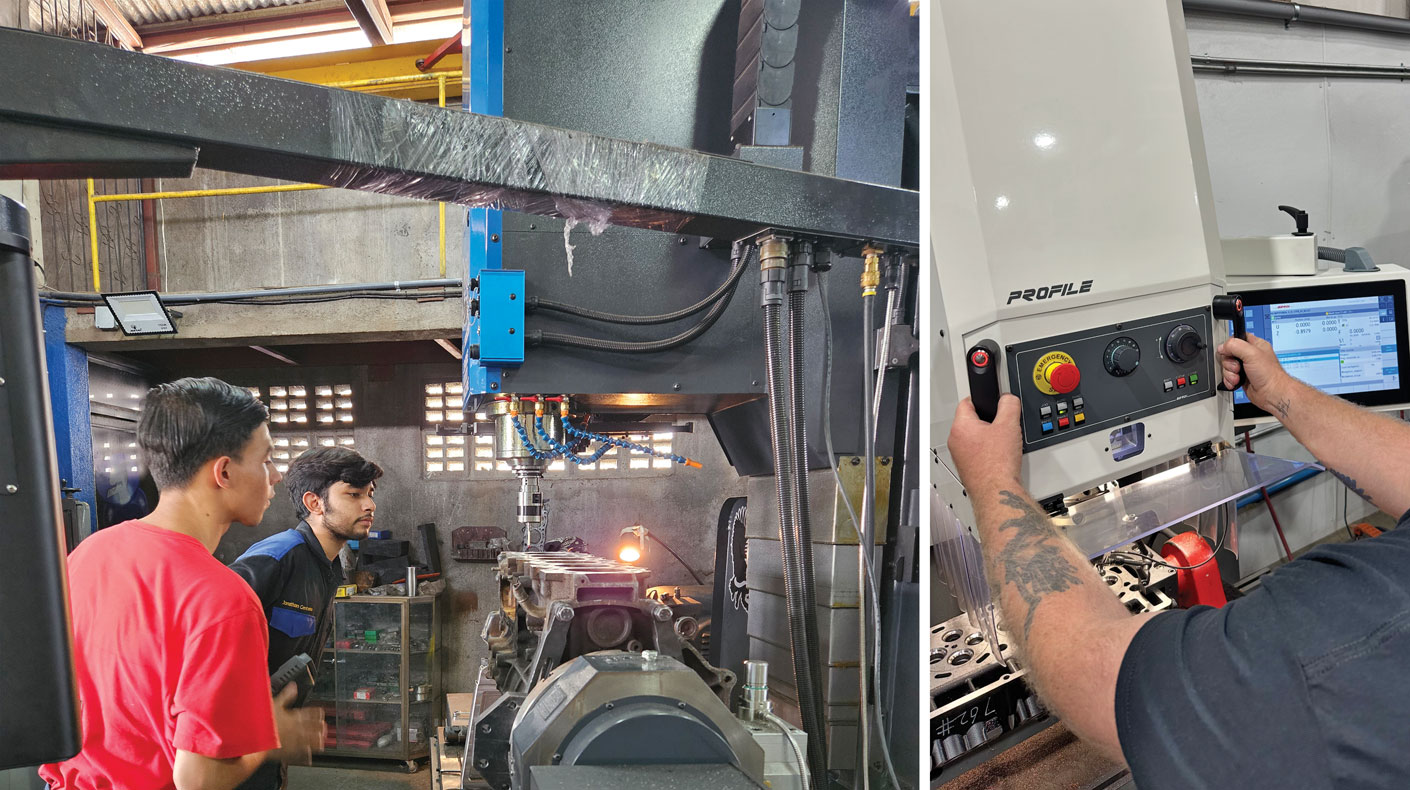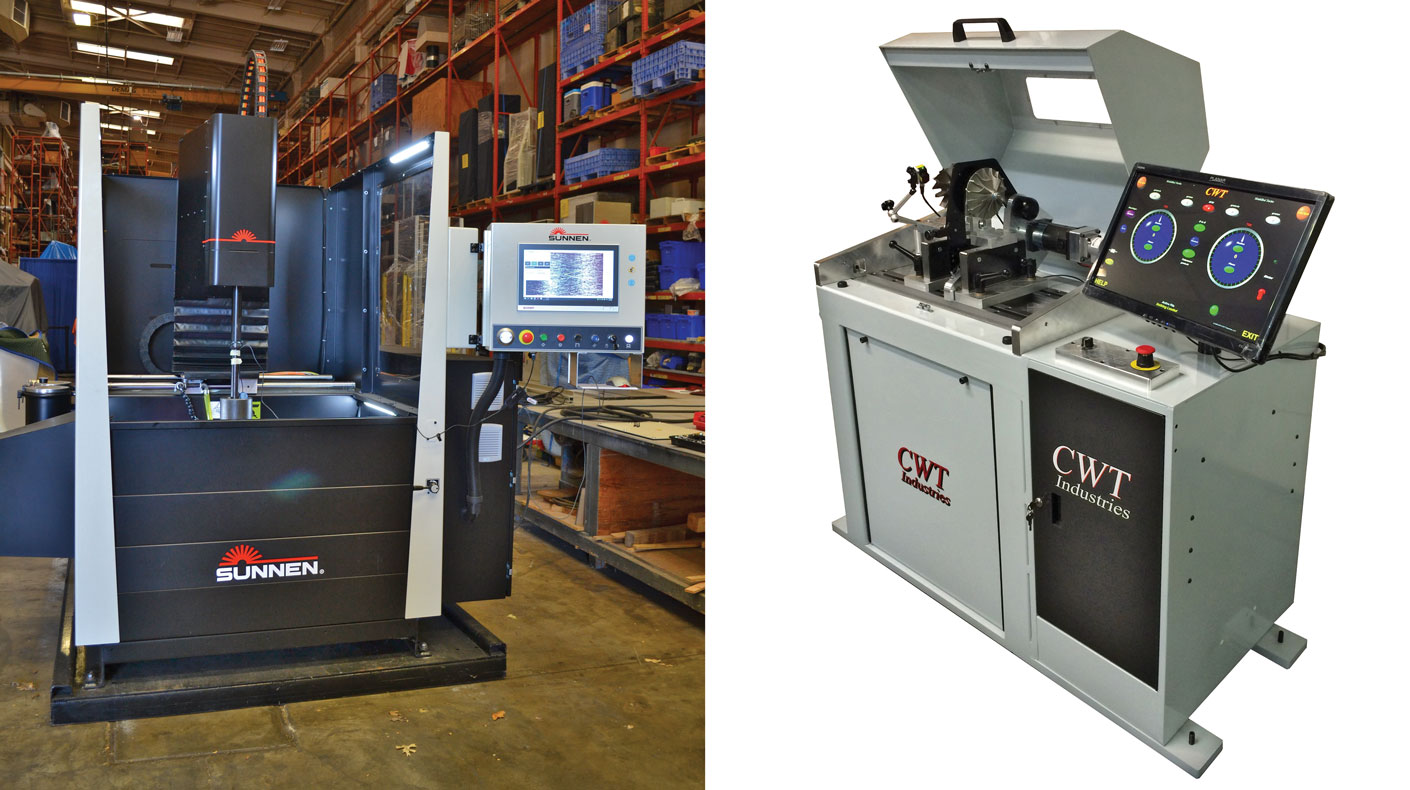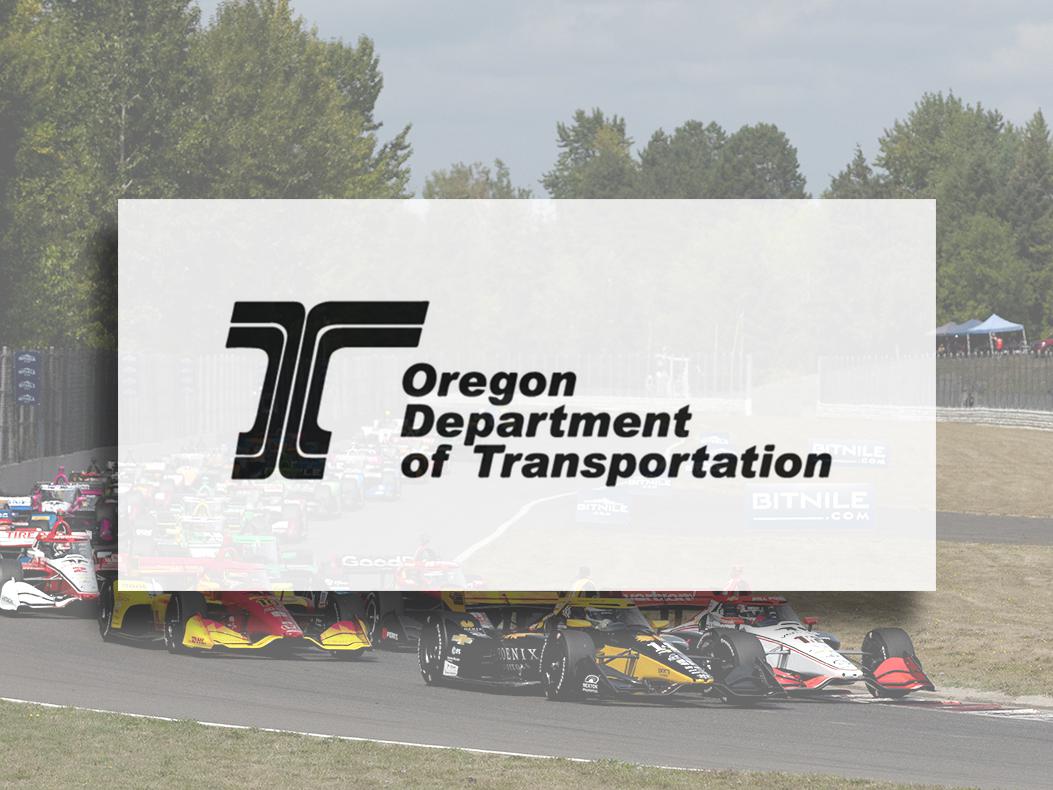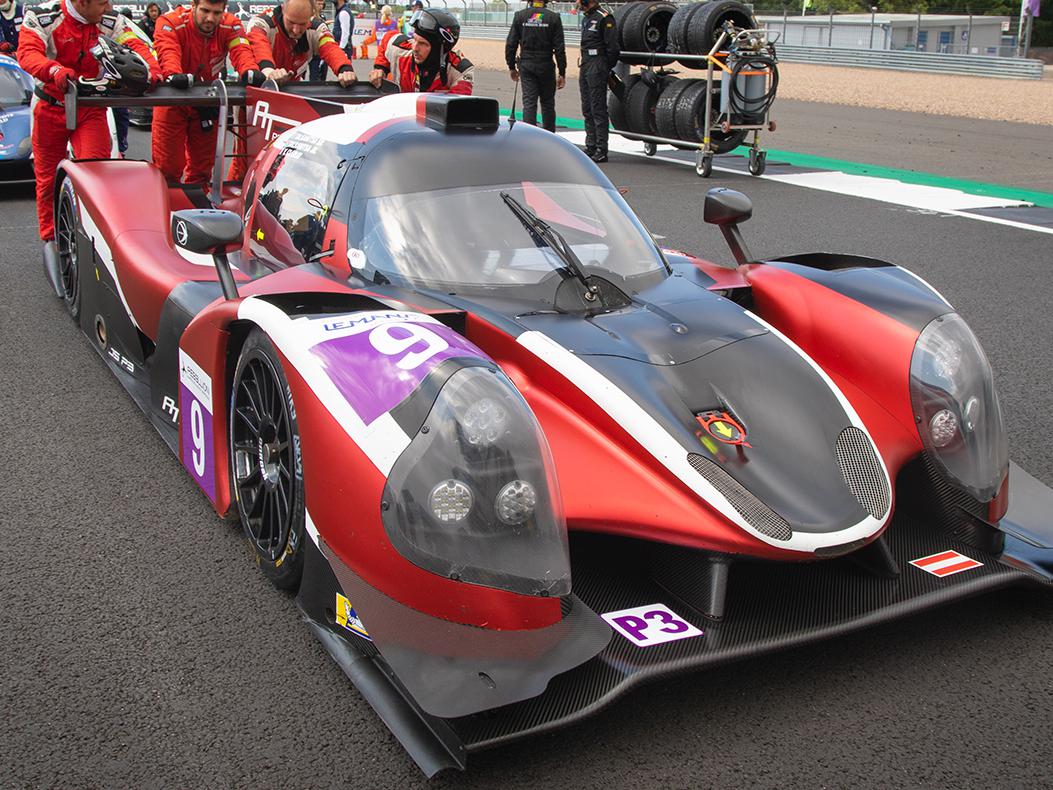Machining Efficiency: Shop Equipment

How do you define efficiency in a racing machine shop? These machinery suppliers believe they have the answer.
Efficiency is one of those terms that's like "good art." You might not be able to explain what it is, exactly, but you know it when you see it. The Merriam-Webster dictionary defines efficiency as "effective operation as measured by a comparison of production with cost (as in energy, time, and money)." That makes sense in generic terms, but there are other factors at play when talking about efficiency in the racing and performance world. When it's all about getting across the finish line first, efficiency means different things depending on where you're looking.
With this issue's focus on machinery and machining, we thought it would be enlightening to speak to several experts in the field to get their take on what efficiency looks like in this space. For some it's pretty straightforward. Others have a more nuanced view.
Highest Level
Serdi Corporation in Mooresville, North Carolina, the US branch of the French machinery manufacturer, works with NHRA drag racers and the highest level of the NASCAR Cup series, according to Tim Lancaster and Hernan Ramirez, citing these teams are looking for perfection and repeatability from chamber to chamber. By "repeatability," Lancaster referred to Serdi machines' ability to "cut at the exact same height, the exact same depth, and be concentric. We deal with a lot of professional athletes and customers, like the NHRA and NASCAR, and they rely on our machines to be pinpoint accurate.
"Efficiency is great, but having repeatability and efficiency combined is a big plus," he added.

(Left image) Tim Whitley Sr. said he has "perfected" the automation of his TS1000 BlockMaster block machining machine. To illustrate the point, he told us about a machine shop in Nicaragua that bought one of the machines. He trained the owner's son and grandson, Jonathon and Steven Centeno, to operate it. Despite having no machine shop experience, "within a week they were the main operators machining diesel blocks. They were, and still are, getting more blocks machined than they had in a given amount of time." (Right image) Improving the efficiency of Serdi machines may come from "friendlier software," said Tim Lancaster. "It's already very friendly, but we want to make it to where the everyday guy can, in a matter of a couple of months, be very proficient with it."
Machining accuracy and repeatability are important outside of top-tier racing teams as well, Lancaster acknowledged. "Everything that we learn from the top teams who do this for a living translates down to the guy who has a rebuild shop on the other side of town. They all want repeatability and a nice, machined seat. Their goals are common. It's their budget that can be a constraint on what they can achieve."
For example, while a small shop with a manual machine may take "two or three minutes to cut a seat," a more automated machine "could do the job in 30 to 90 seconds, depending on which program you're using. It's like comparing a Corsair airplane to an F-16."
Lancaster said Serdi's machines are "enhanced each year through some type of technology. We're probably on the verge of being as good as we can be, but we'll probably see movement from chamber to chamber getting quicker. Location is going to be quicker, things like that."
He also foresees "making things a little less expensive, but just as reliable, and making it more efficient to be able to output more heads." That kind of efficiency may come from what he called "friendlier software. It's already very friendly, but we want to make it to where the everyday guy can, in a matter of a couple of months, be very proficient with it."
One function Serdi's software offers "is the ability to do R&D on the fly, because you don't have to have special tooling ground," Lancaster said. "You can create your own profile, and let's say on a V8, you could try four different seat profiles on the same head, flow them all, and pick the one you like the best. You don't have to wait until we re-grind you a carbide bit to try and see if it works. That would take a week or two. Now, you can do it in a matter of five minutes. We use a triangular CBN [cubic boron nitride] bit that cuts the profile on the seat according to what you put in the computer. You don't have to buy a pre-formed cutter. That's where efficiency comes in."
Efficiency & Productivity
MEC CNC distributes a number of machining products, primarily from Robins Machines. To MEC CNC's Anthony Usher, "Efficiency goes hand in hand with productivity. So we focus on things like the kind of people who operate these machines, and the way the machines work, to increase efficiency."
To that end, Robins and MEC CNC have coined a new term to describe the function of its latest machines: EZmatic. "A lot of people get a bit scared of CNC," Usher pointed out. "A lot of shops feel they don't have the time to learn all this new technology of programming and CNC coding. So we had to develop CNC systems that are really easy and quick to learn, and we branded them EZmatic. It's all pre-programmed. Operators often have to just press one or two buttons to be able to do something."
The EZmatic system first appeared with Robins' SG 11 seat-and-guide machine. The genesis of the SG 11, and the whole EZmatic concept, came from a request from powertrain remanufacturer Jasper Engines & Transmissions, Usher said.
"They basically asked us two years ago to develop a machine that was still manually operated. It still has a steering wheel, as it were, but the actual machining process was CNC controlled. That would improve efficiency, accuracy, and productivity by a huge amount without having to get highly skilled people to operate these machines.
"We call it 'cut by wire' as well, a term we developed from the phrase 'drive by wire,'" Usher continued. "In the case of a drive-by-wire car, the steering is not mechanically linked to the wheels. It's electronically linked. With this seat-and-guide machine, its steering wheel is not mechanically linked. It's electronically linked so it goes through a computer. The operator is still 'driving' the machine, but in many cases he doesn't realize the computer is actually doing the work. That way management can control quality and many other things and also monitor the whole process."
The SG 11 was introduced in the beginning of last year, Usher said, "and it's now getting traction. More and more people recognize this machine is producing whatever the word is—efficiency, productivity—as the end result."

(Left image) There's a definite trend in machining today toward simplifying the operating software. It can pay dividends not only in day-to-day efficiency but also in reducing the time it takes to train an employee to use the machine. (Right image) Balancing turbochargers is a big part of CWT Industries' business, said Randy Neal. "When you put a new impeller onto a previous turbo, it's mandatory that you rebalance it."
The EZmatic approach is engineered into a new machine, the Robins RBS 1.11, that MEC CNC will introduce at the PRI Show in December.
"Race engine builders want one machine that can do more work," Usher said. "They don't want individual machines for each process. The more work that can be done on one machine by having adapters and fixtures and things like that, the more attractive it is." The RBS 1.11 "is designed so that you can do boring and surfacing on one machine. Normally, those are done on two separate machines.
"Even more importantly, the fixtures to hold the cylinder block and the cylinder head remain on the machine," Usher added. Instead of having to set up separate fixtures for each process—and move them off the machine with an overhead crane—"these fixtures stay on the machine. They just float on air. You can change from block machining to cylinder head machining very quickly, without a crane to remove fixtures." This machine allows these operations without having to remove the fixtures from the machine." This, again, represents a real improvement in efficiency and productivity."
The EZmatic process in the RBS 1.11 is a feature Usher called hole-to-hole automatic. "Once you set the block and hit the Cycle Start button, the machine will automatically center in each bore and complete all the cylinders unattended. It's very easy. You literally take a tape measure and then enter the distance between the holes, and the machine will automatically find the exact centers and bore a whole line of cylinders unattended. The operator can go and do some other work while it's doing that operation."
The design and function of these machines also affect the efficiency of shop personnel, MEC CNC's Eric Smith pointed out. "The shop owner does not have to hire a higher end, higher qualified, higher trained person to run it, which sometimes is the case with higher end CNC machines. These people can be hard to find and very expensive."
Plus, said Usher, in a small race shop, "a guy who might be doing chassis work and changing wheels and tires could be the same guy doing the machine work between races." An easy-to-operate machine makes it easier for that person to wear multiple hats within the shop.
"Most of our machines coming out in the future are going to be branded EZmatic," Usher said. "We want people to understand that these Robins machines sold by MEC CNC are easy and automatic."
Run Smooth, Last Long
CWT Industries of Norcross, Georgia, specializes in balancing rotating parts. The word "efficiency" didn't come up much in our conversation with Randy Neal, but what his company does certainly influences the efficiency of those rotating parts.
"Most of the things we do on the PRI side are crankshafts and camshafts, crankshafts being the higher of the two volumes," he explained. "But even a race car wheel, the transmission parts, torque converters, any parts that rotate have to be balanced. At the end of the day, anything that rotates, if you don't balance it, is going to generate an offending force. We call that out of balance, and it's either going to affect the performance of the object or is going to shorten the life of the object. Things that run smooth last long."
That applies even to the tools used in CNC machines...
To read the rest of this article for free, sign up for a digital subscription to PRI Magazine on Zinio here.
Once you download the Zinio mobile app or are logged into Zinio on a desktop browser, you will gain immediate access to more than a year's worth of content, including "Machining Efficiency" here and more shop machinery coverage in the August 2025 issue here.
 MEMBERSHIP LOGIN
MEMBERSHIP LOGIN JOIN PRI
JOIN PRI


